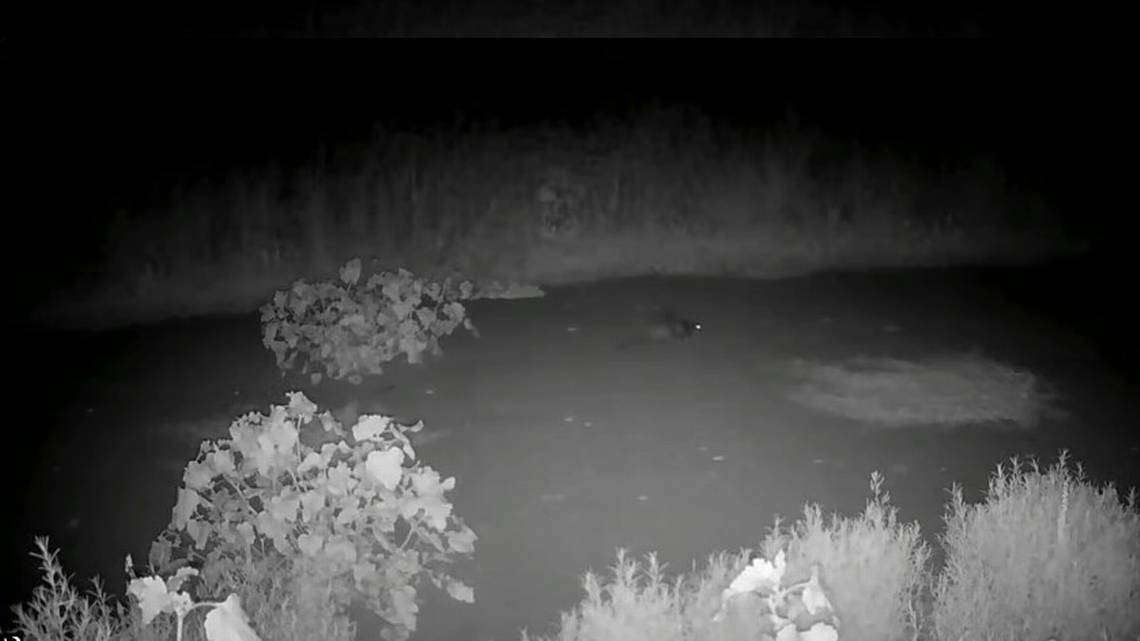Teen Finds Whale Skull from 34 Million Years Ago While Fossil Hunting in Alabama
The animal is from the family Basliosauridae, a group of extinct, primitive whales that may have included the heaviest animal ever to live.

A strange creature was spotted in a trail cam scampering across the Matadero Creek near Palo Alto south of San Francisco.
Biologists were scratching their heads as they reviewed the footage. It was clearly a mammal, but there are only a certain number of mammals in the area.
"Finally, it hit me in the head," Bill Leikam, president and co-founder of the Urban Wildlife Research Project, told SFGate. "Could that be a baby beaver?"
In the 21st century, the Bay Area has witnessed a number of mammalian returns and the Urban Wildlife Research Project has typically specialized in documenting the return of the gray fox, but breeding beavers haven't been recorded in the Palo Alto area in 160 years.
In September 2022, a pair of beavers was photographed on the trail cameras; Leikam believes that it's possible they have had a baby, because the one that darted past their trail camera was simply too small to be an adult.
Leikam believes the mating pair and their baby are offspring of a group of beavers that were reintroduced to the nearby Los Gatos Creek by CA Fish and Wildlife.
"It's taken them this long to disperse, have babies, and spread, and spread and spread," he said. "It looks like they're going along the northwestern edge of San Francisco Bay."
Palo Alto Online provides extensive reporting on the various creeks the beavers might expand into if their population naturally continues to grow. Research has shown that from the concrete channel creeks in the Baylands to the natural creeks in the uplands, beavers tend to positively affect their riverine environments.
By building dams they turn creeks into creeks + ponds, which retain water for longer and fortify the surrounding area from drought. In the winter, meltwater floods blow the dams out, preventing them from becoming so big as to dry up creeks lower down. It's also documented that various game fish like trout and salmon can leap over the dams no problem.
"The beaver ponds in the uplands will also create habitat for all manner of birds, amphibians, bats, and will serve as an insect cafeteria for trout and salmon. That's why we refer to the beaver as a keystone species," said Dr. Rick Lanman, President of the Institute for Historical Ecology.
WATCH the beaver pass by…
SHARE This California Return With Your Bay Area Friends…
Be the first to comment